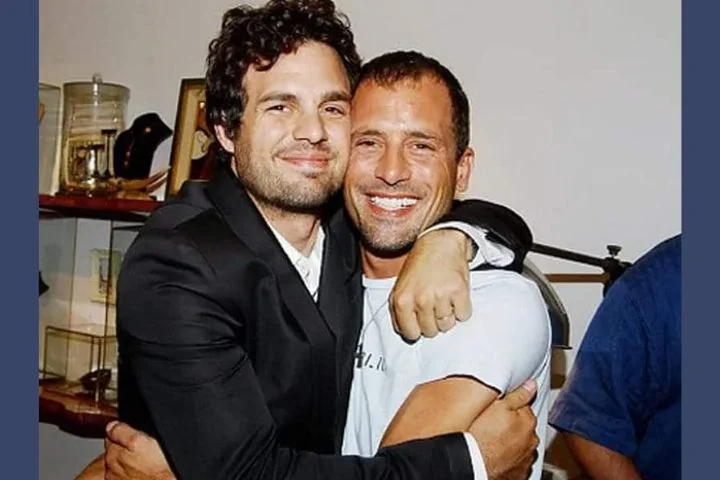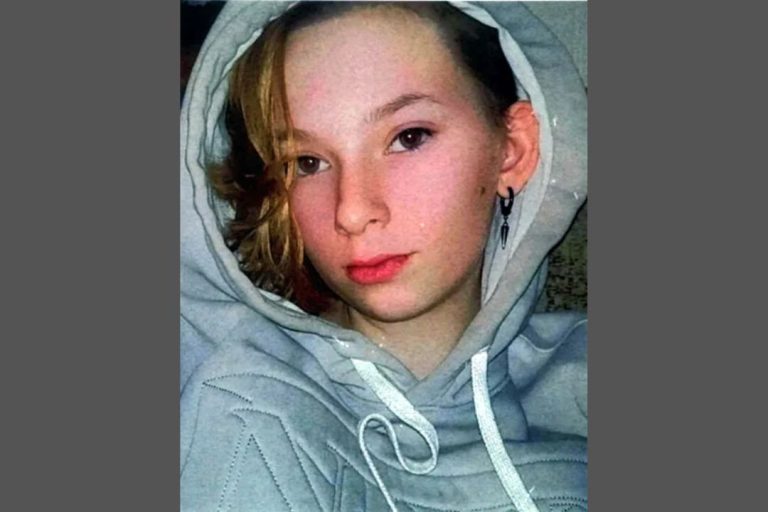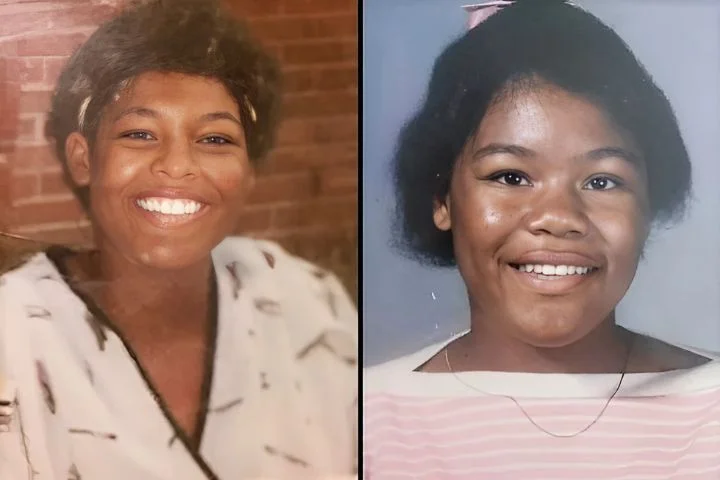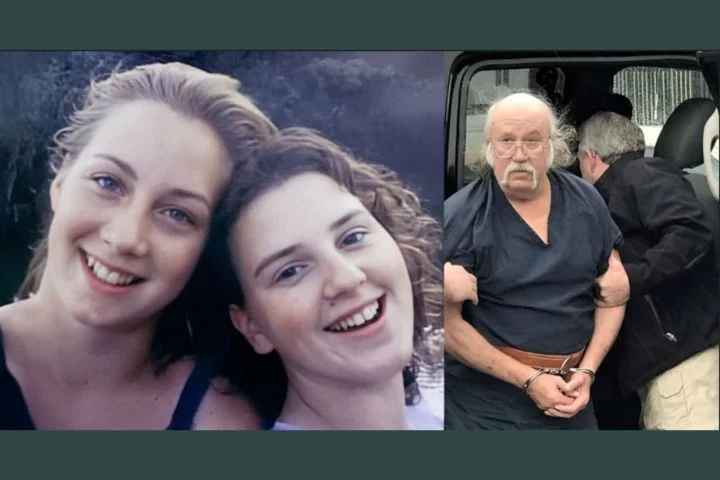Barbara McLemore knew something was wrong when her 21-year-old granddaughter, Alyssa, failed to return to their Kent, Washington home on the evening of Thursday, April 9, 2009. Alyssa had always been a devoted caretaker to her mother, Gracie, who suffered from a devastating autoimmune disease. On this particular evening, Gracie had taken a turn for the worse and Barbara had called Alyssa’s cell phone to tell her that the end was near. Alyssa promised she would be right home, but she never showed up.
Alyssa was part of a large, close-knit family and it was unusual for her to be out of contact with anyone for more than a few hours. In addition to helping take care of Gracie, Alyssa was a mother herself; her daughter, Nevaeh, was just three years old in 2009. She was devoted to her daughter and never would have voluntarily abandoned her. According to Barbara, Alyssa usually went out for only a few hours before she returned home to check on her mother and daughter. It was unprecedented for her to simply vanish.
By the next morning, Alyssa’s family was growing increasingly nervous. There was still no word from the young mother and she wasn’t answering her cell phone. Things took an ominous turn late that evening when a knock on the door signaled the arrival of officers from the Kent Police Department.
The officers explained that they were checking up on Alyssa as they had received a 911 call from her cell phone around 9:15 pm that night. The call had only lasted about 10 seconds, just long enough for a dispatcher to hear a female asking for help. The line went dead before the dispatcher was able to respond.
Since Alyssa’s phone was not equipped with GPS, police had been unable to pinpoint the exact location of the 911 caller. They were able to determine that the call originated somewhere in Kent, Washington but could not narrow it down to a specific area. After learning the phone was registered to Alyssa, they had decided to respond to her home address in the hopes of finding her there.
Alyssa’s family had already been fearful that something terrible had happened to her, and learning that she had attempted to call 911 for help confirmed their fears. They immediately reported Alyssa missing.
Unfortunately, Gracie’s health continued to decline and she died that Sunday, three days after Alyssa was last seen. Throughout her final moments in the hospital, family members continued to hold out hope that Alyssa would walk through the door. They knew that nothing would have stopped her from being with her mother if at all possible; the fact that there was no sign of her led them to believe that Alyssa was being held somewhere against her will.
Although Alyssa’s family was desperate to find her, officials from the police department were less concerned. The fact that Alyssa was an adult meant that she was free to disappear if she so wished; it was possible she had simply decided she needed some time to herself. While the 911 call was troubling to officers, they were unable to confirm that Alyssa herself was the person who made the call; it had come from her cell phone but the caller hadn’t identified herself. Alyssa’s family was certain the call had been made by Alyssa; the fact that her cell phone stopped taking calls a few days after she vanished led them to believe that something was terribly wrong.
Alyssa had been missing for a week by the time the Kent Police Department made their first public appeal for information pertaining to her disappearance. A short article appeared in Tacoma’s News Tribune on April 17, 2009, detailing the fact that Alyssa’s phone had called 911 a day after she had last been in contact with her family. Investigators indicated that they were worried that Alyssa might be in some kind of trouble and urged anyone who had any information about the missing woman to call them.
One witness came forward and reported seeing Alyssa shortly before she was reported missing. She had been with an older white male, 50 to 60 years old, about 5 feet 8 inches tall and 180 pounds. The man had been driving a green pickup truck. Another witness reported seeing Alyssa on Friday, April 10th; she had been near the intersection of 30th Avenue South and Kent Des Moines Road. She had been approached by a green pickup truck, 1990s model, possibly with an Oregon license plate. The witness was unable to give a description of the driver, and it was unclear if this sighting was before or after the 911 call had been made from Alyssa’s phone.
At the time of her disappearance, Alyssa did not have her own vehicle; she relied on public transportation or her friends when she needed to go anywhere. It was possible she had accepted a ride home with the wrong person on the night she went missing; the intersection where she was last seen was close to Interstate 5, which connects Washington with Oregon and California. If she had been picked up there, she could have been in a different state before her family even knew she was missing. Investigators followed up on these potential leads, but they didn’t bring them any closer to finding Alyssa.
Alyssa’s disappearance failed to gain traction with the local news media, but her family refused to give up the search for her. Tina Russell, Alyssa’s aunt, made it her mission to keep Alyssa’s case fresh in the public eye. Tina had been more of a mother than an aunt to Alyssa, and they had always had an extremely close relationship. She was determined to find her niece, who she described as being funny and extremely family-oriented.
Alyssa was a devoted mom to Nevaeh; the child’s father lived with her and her family and they were both extremely involved in parenting the little girl. He had been at home with Nevaeh at the time Alyssa went missing, and he was certain that she would not have disappeared voluntarily. Alyssa simply loved her daughter far too much. Although she enjoyed spending time with her friends and would sometimes go out to clubs, taking care of her mother and daughter was always her top priority.
As years went by with no movement on Alyssa’s case, her family grew frustrated with the lack of action taken by the Kent Police Department. They appeared to be doing little to locate Alyssa; her case had gone cold almost immediately.
Sgt. Tim Ford, one of the original detectives assigned to the case, noted that the 911 call made by Alyssa was something that haunted him. Although the recording has never been made public as the case is still considered an open investigation, the detective confirmed that it sounded as if Alyssa was asking for help before the call disconnected. He was bothered by the fact that those may have been her last words. Despite his concern, investigators were never able to develop any credible leads as to what might have happened to her.
Tina, Alyssa’s aunt, told a reporter that in the 911 call, Alyssa can be heard asking for help and was interrupted by a male’s voice saying something like, “I’ll hurt you.” Tina was not allowed to listen to the recording, but she was given a transcript of the call. If there is indeed a male’s voice in the background, it all but eliminates any possibility Alyssa left on her own.
In April 2019, Alyssa’s family held a public vigil to mark the 10th anniversary of the disappearance. Alyssa’s father, Darius Burgans, grew tearful when he tried to speak about his missing daughter. Even after a decade, the pain of losing her was still evident, but he stated that he was holding onto the hope that Alyssa was still out there somewhere. Tina noted that the passing years had done nothing to ease the family’s pain; if anything, it had grown worse over time. The family just wanted answers.
In June 2019, the Washington State Patrol announced a renewed effort to find Alyssa. Her picture was placed on three commercial tractor-trailers as part of Kam-Way Transportation’s Homeward Bound program. Although the program had previously featured only missing children, Kam-Way’s safety manager, Laurie Glavin, said that after they reviewed Alyssa’s case they felt that it needed the additional exposure the program could provide. The trucks act as moving billboards, featuring pictures of Alyssa along with the phone number for the Washington State Patrol.
At the June 2019 unveiling of one of the Homeward Bound trucks featuring Alyssa, a spokesperson for the Washington State Patrol said that they wanted Alyssa’s family to know that they hadn’t forgotten about her. Tina also spoke at the event, noting that while she had once lost faith in law enforcement, she was ecstatic about the Homeward Bound program and was glad to know that bridges could be built between police departments and the communities they serve.
In addition to being the first adult featured by the Homeward Bound program, Alyssa was also the first missing Native American to appear on one of their tractor-trailers. Since a recent federally-funded study found that Native American women are up to 10 times more likely to be mur*dered than the rest of the population, this marks an important development. Tina credits the work done by Missing and Murd*ered Indigenous Women, a coalition to stop violence against Native women, with helping her keep Alyssa’s disappearance in the public eye. Although she remains hopeful that Alyssa is still alive, she admits that at this point she just wants answers. “Dead or alive, I just want her to come home. I just want closure.”
Alyssa Angelique McLemore was 21 years old when she went missing in 2009. She has brown eyes and black hair that she would sometimes dye blonde. At the time of her disappearance, Alyssa was 5 feet 2 inches tall and weighed approximately 130 pounds. She has a scar on her abdomen and is of Native Alaskan/Aleut descent. If you have any information about Alyssa, please contact the Kent Police Department at 253–856–5800 or the Washington State Patrol at 1–800–543–5678.






